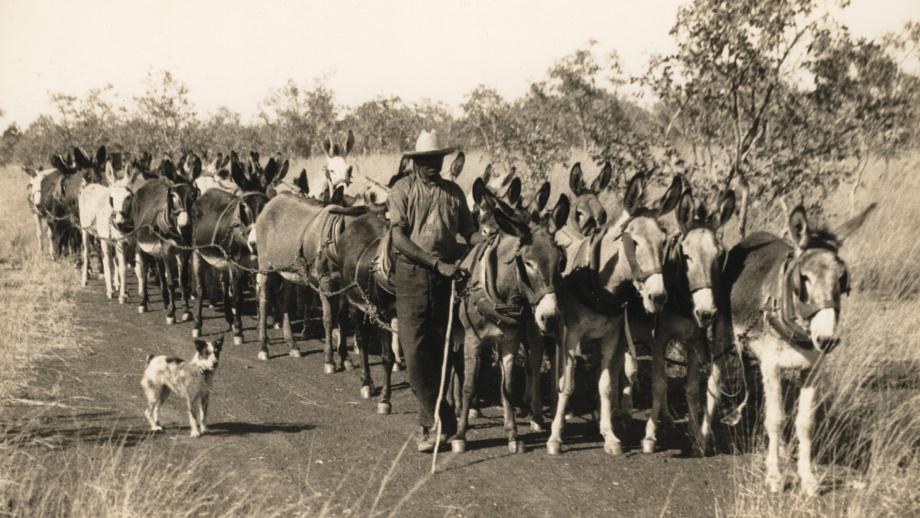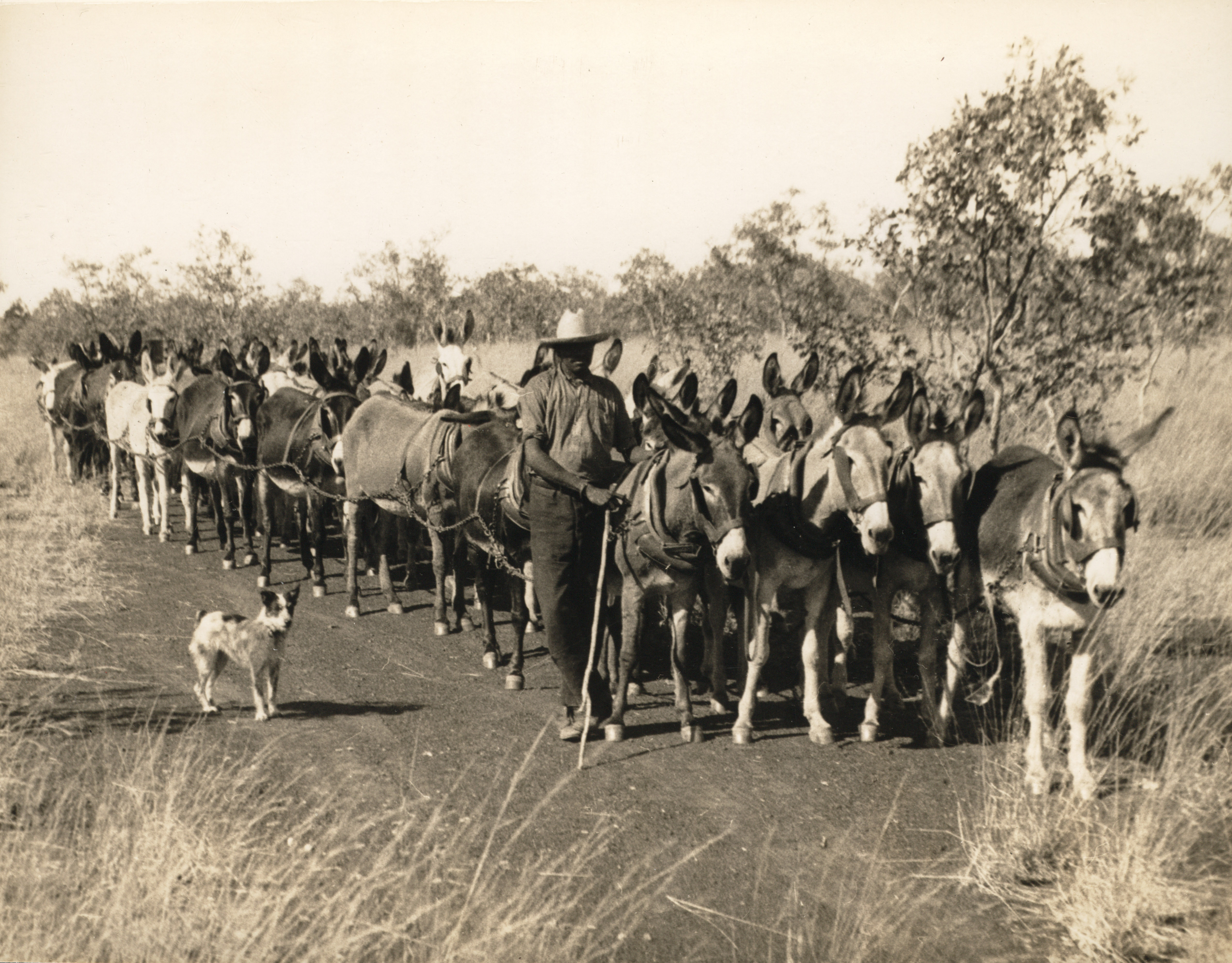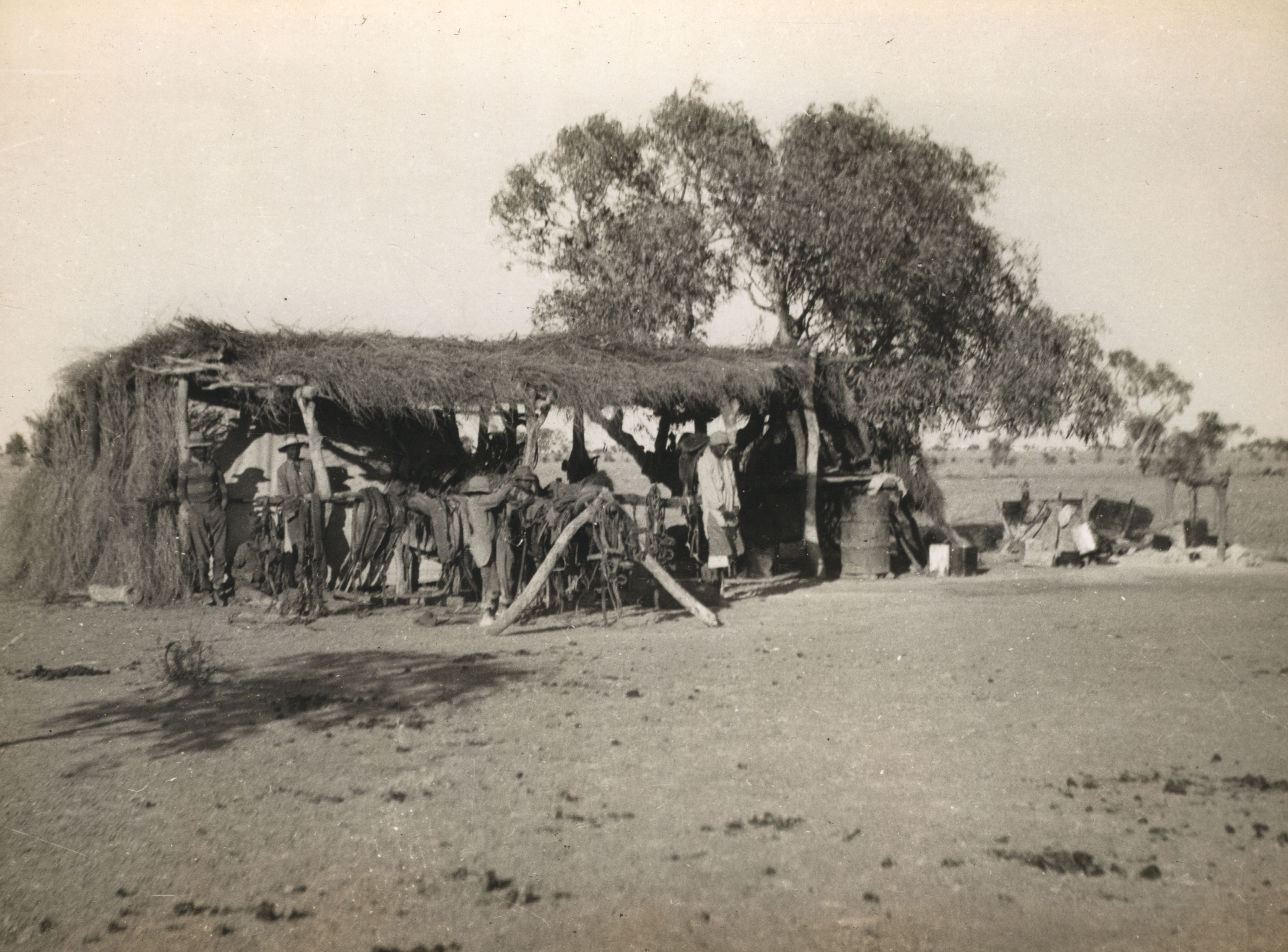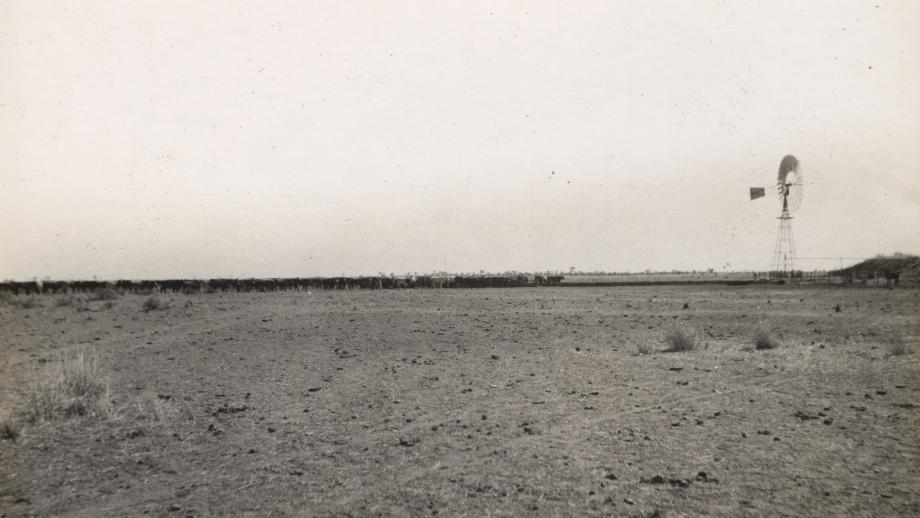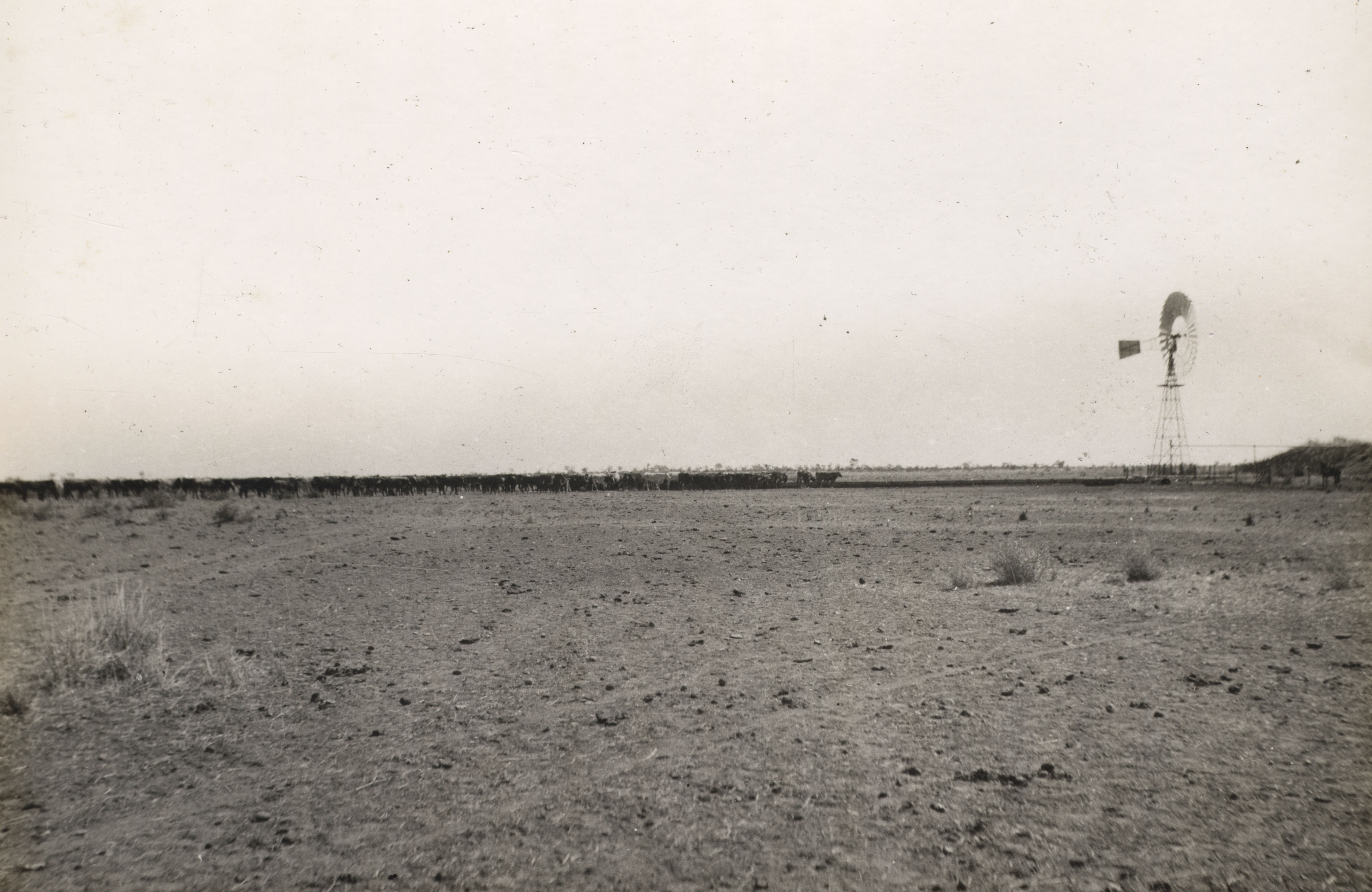Other Northern Territory Stations
Over its 200 year history, the Australian Agricultural Company, along with the Peel River Land and Mineral Company, has operated dozens of pastoral stations across Australia, particularly in Queensland and the Northern Territory since the early 1900s. The history of some of the Northern Territory properties is explored below...
Eva Downs and Anthony Lagoon
Eva Downs and Anthony Lagoon are neighbouring properties located northeast of Tennant Creek in the Barkly Tablelands of the Northern Territory, along the Barkly Stock Route. They are considered the Company's most isolated properties among its current land holdings.
Together, Eva Downs and Anthony Lagoon comprise approximately 886,000 hectares. Both properties are used for breeding and backgrounding Brahman cross cattle and carry 36,000 head of cattle.
Camfield
Camfield Station is located in the Victoria River District of the Northern Territory, 375km south west of Katherine.
Camfield was once an outstation of Victoria River Downs Station but was resumed in 1952 as part of a returned servicemen scheme. After its resumption, the property was run by returned servicemen Paul Vandeleur, Jim Edwards, and Charlie Campbell. By 1955, Camfield was wholly run by the Vandeleur family, who spent many years there and made extensive improvements including putting down dozens of bores and constructing a homestead complex (Mulligan 2006).
In 1966, nine Aboriginal stockmen from Camfield left the station to join those who had walked off the neighbouring Wave Hill Station. The Gurindji Strike (also known as the Wave Hill Walk Off), was led by Vincent Lingiari and primarily involved 200 Gurindji workers at Wave Hill Station who struck in protest of continually poor treatment of Aboriginal workers, with working conditions being generally unacceptable and wages often non-existent. Those involved in the strike also petitioned for a grant of 1,300 square km to operate their own mining and cattle cooperative near Daguragu. This was eventually granted in 1973.
Camfield has had a succession of owners, including the Malaysian state of Sabah, which bought the property in 1977 to ensure regular supplies of beef for their domestic market.
Camfield was acquired by the Australian Agricultural Company in 2006 and operates as a breeding station of Brahman cattle and growing out depot for the weaners from Montejinni and Delamere Stations.
Montejinni
Montejinni Station is located in the Victoria River District, 15km south west of Top Springs, 320km south west of Katherine and 640km south of Darwin in the Northern Territory.
The property was purchased by the Australian Agricultural Company in 2004 and is used as a breeding station running predominantly Brahman cattle.
Delamere
Delamere Station is located in the Victoria River district, 170km south west of Katherine and 500km south of Darwin in the Northern Territory.
The property was purchased by the Australian Agricultural Company in 2004 from the Desa Cattle Company and is used as a breeding station, running predominantly Brahman cattle.
La Belle
La Belle was originally called Stapleton Station and was purchased by the Townsend family in 1961. Originally the property ran from the Adelaide River to the coast in the Northern Territory and encompassed what is now Litchfield National Park. When the Townsend family, originally from Florida, purchased the station in 1961, they renamed it La Belle, a tribute to the town in Florida where they had lived previously.
In 2012, La Belle was purchased by the Australian Agricultural Company. It supplies export cattle and includes the Company’s Livingstone Plant.
Carrum
Carrum Station is located 26km south of Julia Creek and 278km east of Mount Isa in Queensland.
Carrum comprises what were once five separate properties. In the 1970s, Brazilian pastoralist Sebastian Maia purchased the properties and Carrum was created to be used primarily as a bullock depot in conjunction with his property Lawn Hill Station.
Since purchasing the property, the Australian Agricultural Company has used Carrum as a backgrounding property and more recently it has operated as the Composite Bull Breeding Unit.
Pell
Pell is located on the Stuart Highway, approximately 50kms from the Australian Agricultural Company’s Beef Processing Facility and 90km from the Port of Darwin in the Northern Territory.
Pell has year-round access and is an assembly point for cattle, enabling cattle to be sent to optimal destinations including live export and backgrounding blocks.


